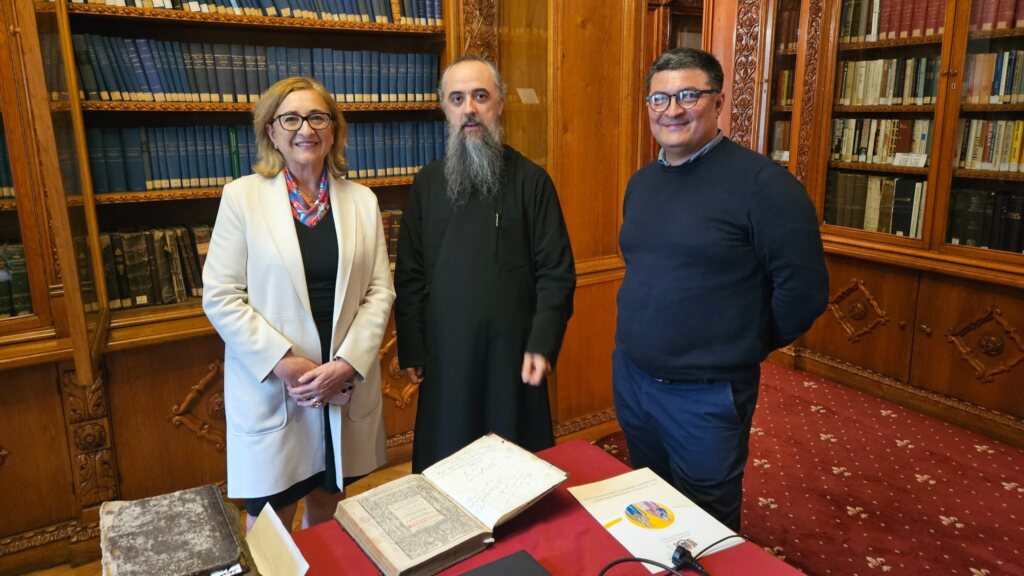The Israel Antiquities Authority (IAA) has discovered in some desert caves 80 new fragments of a 1,900-year-old Biblical scroll with texts from prophets Zachariah and Nahum.
Marcello Fidanzio, the Director of the Archaeological and Cultural Institute of Biblical Lands in Lugano, declared for Vatican News it is the first discovery of note since the great excavations in the 1940s and ‘50s, which brought the Dead Sea Scrolls to light in Qumran and the Judean desert.
He mentioned the texts are very similar with the reference texts of these prophets from the Old Testament.
They are written primarily in Greek, with only the name of God written in Paleo-Hebrew, which was used at the time of the First Temple (until 586 BC). This shows “great respect for the unutterable name of God,” mentioned the quoted expert.
The fragments are part of a scroll belomging to Jewish rebels led by Simon Bar Kokhba, who hid in the caves after a failed revolt against Roman rule between 132 and 136 AD.
The discovery was made in a difficult-to-reach mountain enclosure known as the “Cave of Horror”, which lies some 40 km south of Jerusalem. It was named so after 40 human skeletons were found there during excavations in the 1960s.
Experts say they were the remains of men, women, and children who fled to the cave to escape the Romans but died instead of hunger and thirst.
They brought with them what are now precious objects, including cooking utensils, personal belongings, and documents and Biblical texts.

Israeli archaeologists also unearthed a cache of rare coins from the same period, a 6,000-year-old skeleton of a child, and a large woven basket dating from around 10,500 years ago, the oldest intact in the world.
The Israel Antiquities Authority says some 600-odd caves were mapped using drones and advanced survey technology. Besides the announced discovery, some 20 caves could still contain important artifacts.
Photo: Israel Antiquities Authority






